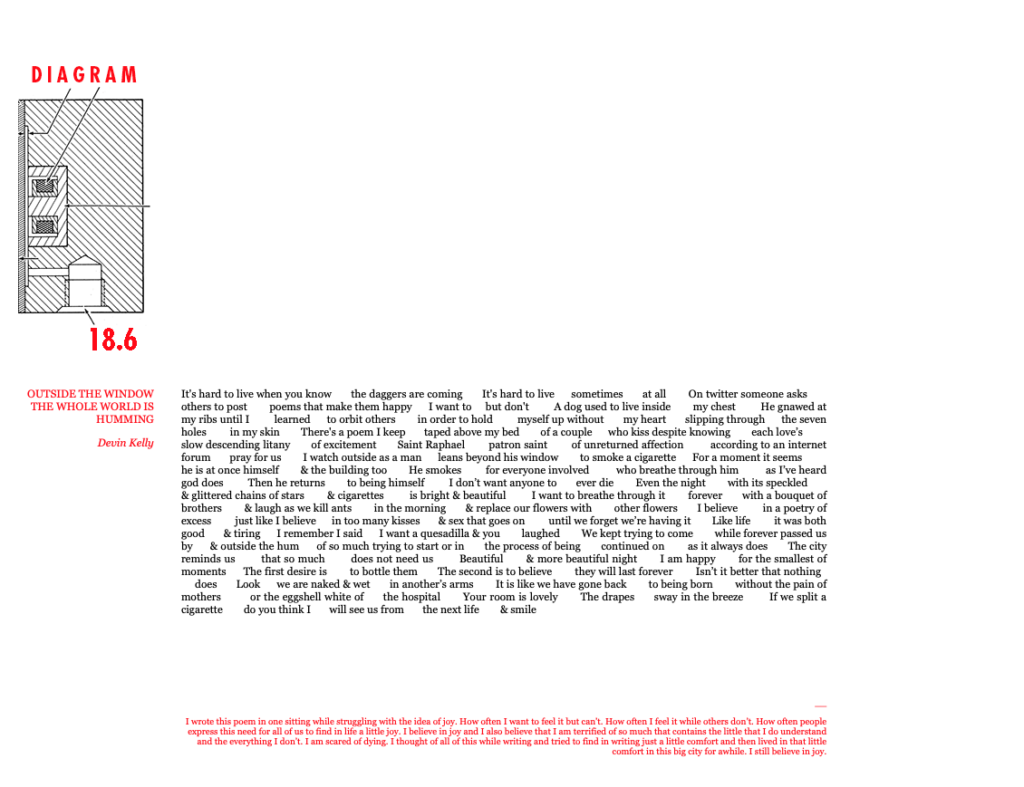4.2 miles
to the falls and back
25 degrees
50% snow-covered
Ran south instead of north this morning. Much better conditions on the trail. I ran on bare pavement for much of it. Hooray! The sun was shining and the wind wasn’t too bad. A wonderful morning for a run. If it had been just a little clearer on the paths, I might have called today (near?) perfect conditions. Much easier to notice the river running this way. It’s because there’s not much other than steep slopes between the bluff and the river in this stretch. Nearing Locks and Dam #1, I could see shimmering river near the Ford Bridge. Open water! Beautiful. Ran through Minnehaha Regional Park and stopped for a few seconds to admire the rushing falls. Not frozen over yet.
Encountered lots of runners and walkers. 2 fat tires. I passed one runner on the way up to the double bridge. I could hear them behind me. At first growing more distant, then closer. They were speeding up. For a few minutes, I tried to speed up too but just past 38th street I gave up. I slowed down so they could pass and so I could stop hearing the crunching of their feet stalking me. Maybe someday I won’t be bothered by people following me but today was not that day.
This morning I read a great essay, The Art of Finding by Linda Gregg. She writes:
I am astonished in my teaching to find how many poets are nearly blind to the physical world. They have ideas, memories, and feelings, but when they write their poems they often see them as similes. To break this habit, I have my students keep a journal in which they must write, very briefly, six things they have seen each day—not beautiful or remarkable things, just things. This seemingly simple task usually is hard for them. At the beginning, they typically “see” things in one of three ways: artistically, deliberately, or not at all. Those who see artistically instantly decorate their descriptions, turning them into something poetic: the winter trees immediately become “old men with snow on their shoulders,” or the lake looks like a “giant eye.” The ones who see deliberately go on and on describing a brass lamp by the bed with painful exactness. And the ones who see only what is forced on their attention: the grandmother in a bikini riding on a skateboard, or a bloody car wreck. But with practice, they begin to see carelessly and learn a kind of active passivity until after a month nearly all of them have learned to be available to seeing—and the physical world pours in. Their journals fill up with lovely things like, “the mirror with nothing reflected in it.” This way of seeing is important, even vital to the poet, since it is crucial that a poet see when she or he is not looking—just as she must write when she is not writing. To write just because the poet wants to write is natural, but to learn to see is a blessing. The art of finding in poetry is the art of marrying the sacred to the world, the invisible to the human.
To see carelessly and to learn an active passivity. I remember writing/thinking about active/passive seeing a few years ago on this running log. I’ll have to find where. I think running lets you do this because you can’t actively think/theorize about the landscape as you’re running. You’re too busy running. The details get absorbed passively while you’re doing something else.
I like her idea of writing down 6 things you notice each day. I might try that on my run for a month. I already do this on the log but more informally.
6 Things I Observed On My Run Today
- Saw shining, open river water through the trees
- Heard then saw a Minneapolis Parks plow approaching me on the path, then veering off onto the road
- Heard but didn’t see some kids yelling at the park, about to sled down a steep hill
- Saw a person walking through the snow on a part of the Winchell Trail that climbs up closer to the road then back down again
- Heard then saw 2 people with a dog below me on the Winchell Trail. Almost sounded like they were skiing as they shuffled along but how could that be?
- Noticed how one of the ancient boulders on the path–the one near a bench–had a mound of snow on top of it
This was difficult. Maybe because I’d already written a bunch of observations earlier in this log? I think I’ll trying doing this through January.
White-Eyes
BY MARY OLIVER
In winter
all the singing is in
the tops of the trees
where the wind-bird
with its white eyes
shoves and pushes
among the branches.
Like any of us
he wants to go to sleep,
but he’s restless—
he has an idea,
and slowly it unfolds
from under his beating wings
as long as he stays awake.
But his big, round music, after all,
is too breathy to last.
So, it’s over.
In the pine-crown
he makes his nest,
he’s done all he can.
I don’t know the name of this bird,
I only imagine his glittering beak
tucked in a white wing
while the clouds—
which he has summoned
from the north—
which he has taught
to be mild, and silent—
thicken, and begin to fall
into the world below
like stars, or the feathers
of some unimaginable bird
that loves us,
that is asleep now, and silent—
that has turned itself
into snow.
